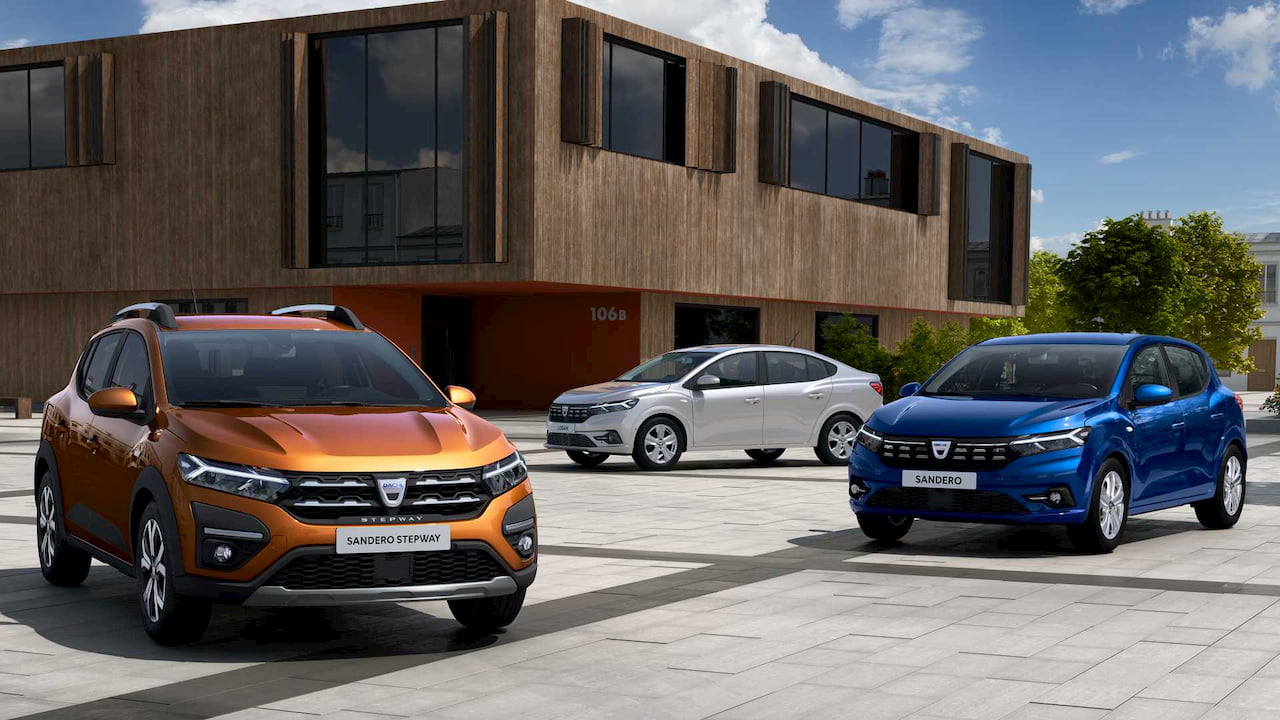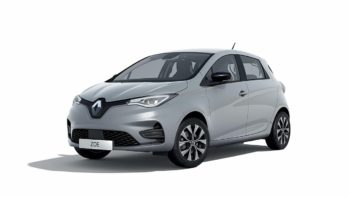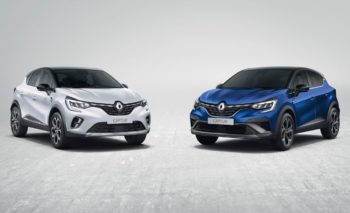Dacia has introduced its first electric car, the Dacia Spring, in Europe, to a very positive response. This story explains what Dacia has planned further for electrification and when one can expect a hybrid Dacia car (like a Dacia Sandero Hybrid or Dacia Logan Hybrid) in showrooms.
Speaking to AutoNews last year, Philippe Buros, a Dacia veteran (whose LinkedIn profile identifies him as a member of the board of Automobiles for Dacia from June 2006) and chairman of the Europe Region at Groupe Renault, shared his thoughts on Dacia’s electrification strategy.
Buros stated that sooner or later, every brand has to go electric, and with Dacia, which currently picks up Renault’s technology but with a delay (to offer lower costs as the tech gets amortized), two or three years down the line (around 2023) could see the brand electrifying cars as costs to manufacture come down.
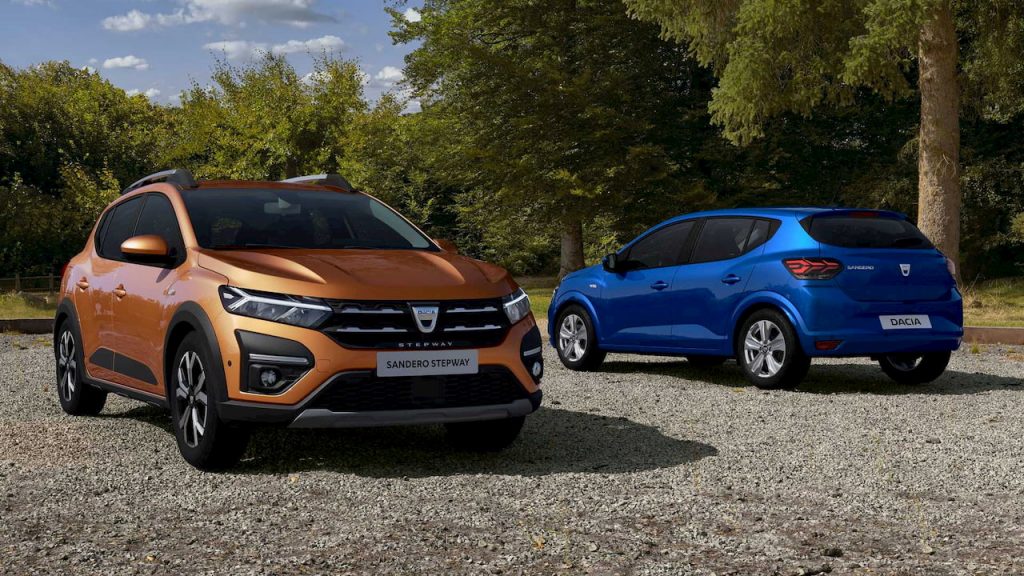
Talking about Dacia’s customer base, Buros said initially, Dacia drivers lived in rural areas. Present-day buyers live in congested cities like Paris, where there are stringent norms for ICE vehicles, including congestion fees and non-availability of parking spots. He says these customers will start wanting an electric Dacia too, but at a lower price than a Renault. Dacia is currently pricing cars at 20 percent lower than the rest of the market.
Until it can borrow electrified technology from Renault at a price that does not ward off the potential buyer, Dacia will offer LPG variants on products that reduce emissions and acts as a dual fuel system (where the driver can choose to run the car on LPG or petrol). More than 50 per cent of Duster buyers in Italy opt for the LPG variant Buros said last year.
And that is exactly the strategy it is following with its new launches. For example, the third-gen Dacia Sandero was revealed in September 2020 and is sold solely with gasoline or LPG (dual fuel) powertrains; even a mild-hybrid 48V is not on offer.
And with good reason, as in the present situation, Buros forecasts that the cost of a small car goes up by 1,000 to 1,500 EUR when upgrading it for reduced emissions, which is roughly 10+ per cent of the cost of an entry-level Dacia product like the Sandero. For this reason, the brand is waiting as long as possible to upgrade the technology (mild hybrids or electrics).
Switch to the CMF-B platform
Being the first Dacia car based on the new-age CMF-B platform instead of the B0 platform that dates back to 1998, the third generation Sandero is a revolutionary product for the Romanian brand. Production takes place in Tangier, Morocco.
CMF-B is a version used for B-segment or sub-compact vehicles in the Renault-Nissan-Mitsubishi alliance. There are two sub-versions of it – LS (Low Specifications) and HS (High Specifications). Nearly 60% of the platform parts (in value) are expected to be the same, as per reports.
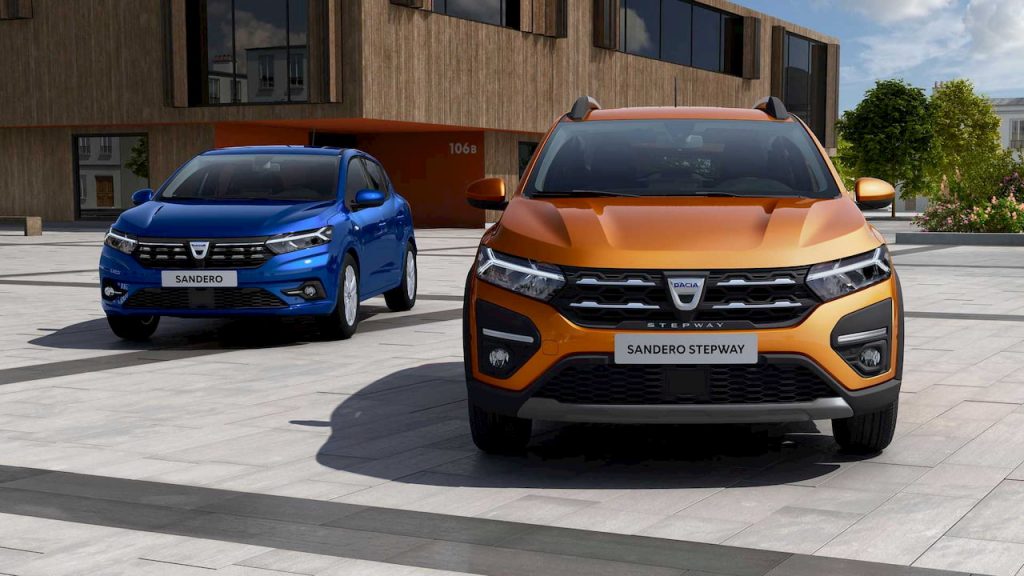
Dacia moves on from the B0/M0 at the right time. New safety standards await automobiles this decade, is asking too much from the 17-year old base that supports the entire previous generation family. Dacia’s engineering team has sold millions of low-cost cars with ‘shockingly affordable’ prices through the reuse of old Renault parts. That strategy would not allow them to meet new regulations.
Internally codenamed BJI, the basic version of the CMF-B platform (CMF-B Low Specifications), gives the 2020 Dacia Sandero a higher quality level and access to an improved frame. Parts like the seats, air-conditioning and the wheels borrowed from the new Renault Duster.
When unveiling the Dacia Bigster concept (in January 2021), Dacia announced that it would eventually shift all products to the CMF-B platform and confirmed that it would support hybrid engines.
Parent group Renault unveiled its first full-hybrid system in 2019 – the 1.6 E-Tech with about 140 hp output. This engine which services the Renault Clio, has a large electric motor connected to the wheel that offers an EV-like acceleration and drive, a 1.2 kWh lithium-ion battery charged by regenerative braking, and a second small motor-generator permanently connected to the engine.
Renault has said output can be scaled down using a smaller engine size or motor, which we could see on a future Dacia, either during a facelift or a complete generation shift. The brand currently uses sub-1.3L engines in naturally aspirated and turbocharged guises for much of its range. Hence a cost-down E-Tech solution could be in the development stage.
Euro 7 emission norms likely to enforce hybrid-only ICE models
While Dacia is waiting until the eleventh hour to introduce a hybrid car, it is an eventuality. Speaking to Autocar.co.uk, Luca de Meo, CEO of the Renault Group, is convinced that the Euro 7 emission norms will expedite the death of the internal combustion engine unless it is part of a full hybrid system. The Renault Group boss believes that even the mild-hybrid tech will be considered ‘dirty’ under Euro 7 and expressed his satisfaction of not having invested in that technology.
